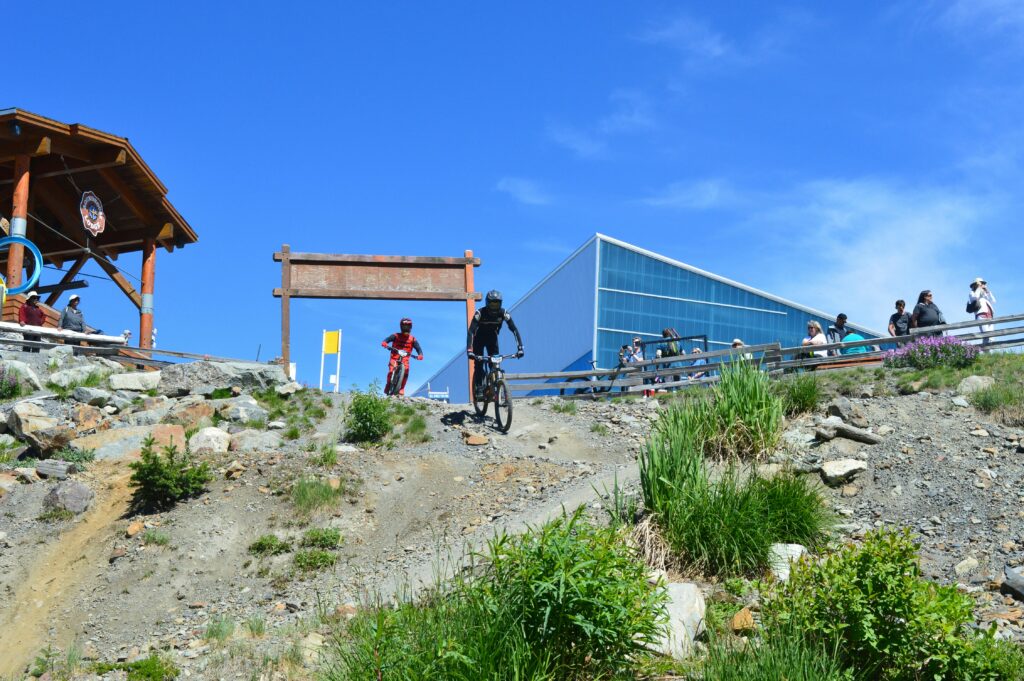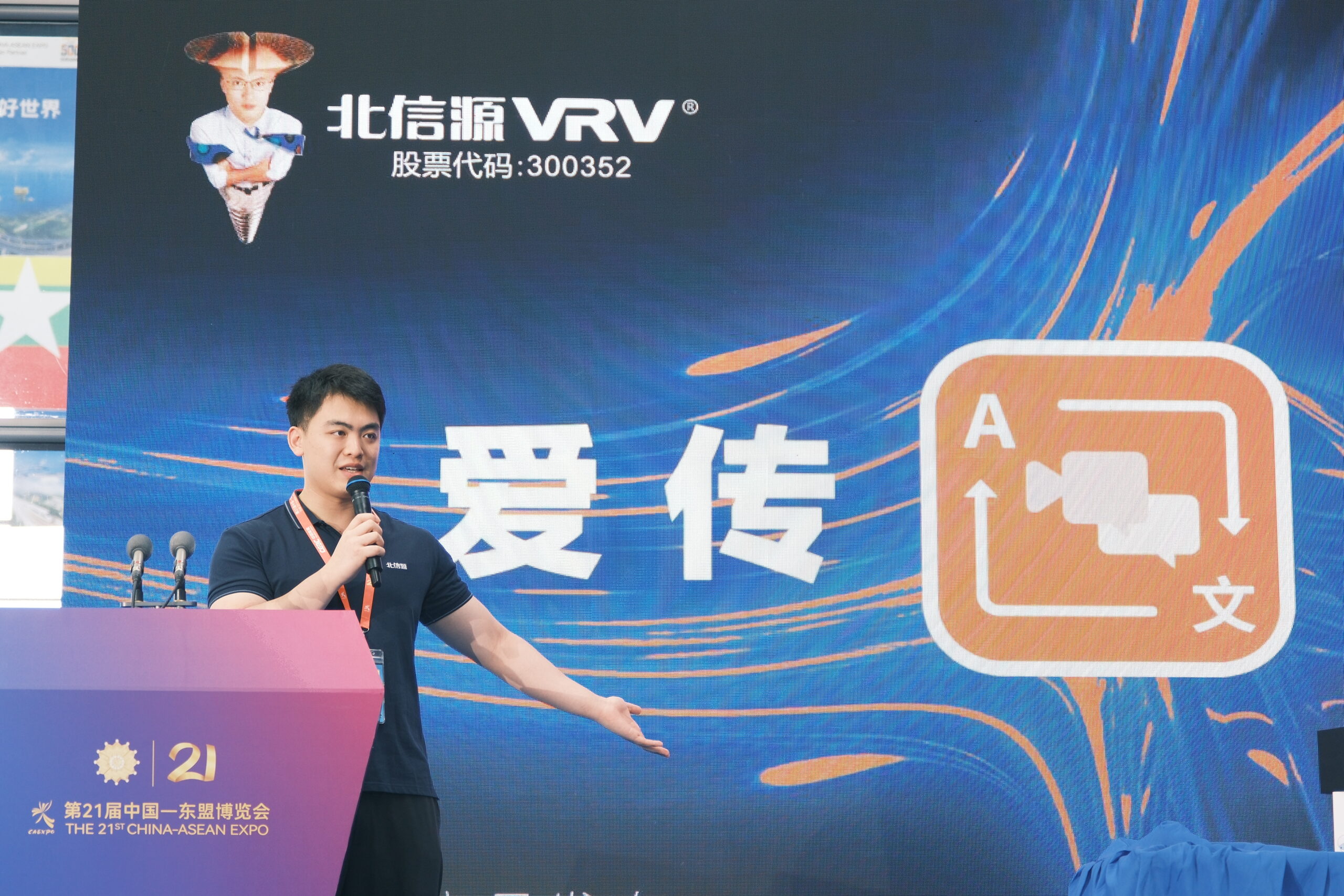As travelers seek ever more sophisticated ways to enhance well-being, wellness destinations are turning their focus to the brain. Neurotechnology—ranging from neurofeedback to transcranial magnetic stimulation—is migrating from the clinic into luxury resorts, offering “cognitive retreats” that promise everything from sharper focus to protection against age-related decline.

Defining Brain Health Tourism
Neurotechnology at Resorts:
- Neurofeedback Therapy: Non-invasive EEG sensors map electrical brain activity, allowing guests to retrain focus and reduce symptoms of ADHD or stress.
- Transcranial Magnetic Stimulation (TMS): FDA-approved for depression, TMS uses magnetic pulses to stimulate neural circuits, increasingly offered at medical-spa hybrids.
- Photobiomodulation & Frequency Therapy: Low-level infrared light and specific sound frequencies aim to boost neural repair and clarity, featured in brain-focused suites at coastal and mountain retreats.
Holistic Integration:
Leading programs—like Lanserhof Tegernsee’s Brain Health Program in Germany—blend high-tech treatments with personalized exercise, nutrition, sleep coaching, and emotional-wellness support. Similarly, Kamalaya’s Cognitive House in Thailand pairs neuromodulation with mindfulness and lifestyle workshops.
Market Context and Growth
- Global Wellness Tourism: Valued at nearly USD 1 trillion in 2024, this sector is forecast to grow at a 12.4 percent CAGR through 2030, driven by rising consumer focus on mental health and cognitive performance.
- Brain-Focused Niche: Though precise segment figures are emerging, operators report double-digit annual growth in bookings for cognitive retreats—outpacing general wellness packages.
Premier Destinations and Offerings
- Lanserhof Tegernsee (Germany): Combines neurofeedback, TMS, and gut-brain axis programs (including microbiome analysis) with Alpine spa comforts.
- Kamalaya Cognitive House (Koh Samui, Thailand): Offers transcranial photobiomodulation, neuromodulation, and personalized brain-optimization regimens.
- The Upper House (Hong Kong) & Grand Resort Bad Ragaz (Switzerland): Provide Hyperbaric Oxygen Therapy suites to support cognitive health; studies indicate HBOT can enhance neural repair and function.
- LIVV Natural (San Diego, USA): California’s first private brain-wellness club, featuring immersive neurotech and lifestyle coaching.
Luxury longevity resorts—such as Canyon Ranch and Four Seasons Maui—are also adding cognitive assessments, IV-based brain nutrients, and digital brain-mapping experiences to their high-end menus.
Science, Ethics, and Efficacy
- Neuroplasticity Research: University labs worldwide are exploring how targeted interventions can rewire neural pathways, with implications for aging, PTSD, and chronic pain.
- Ethical Oversight: UNESCO and the UN are reviewing privacy and consent issues around brain-mapping devices, warning against intrusive data misuse.
- Evidence-Based Practice: While some modalities (like TMS) have robust clinical backing, others (e.g., craniosacral massage) lack large-scale trials—underscoring the need for informed consent and physician consultation.
Who Benefits?
- Preventative Seekers: Guests experiencing burnout, sleep disturbances, or early “brain fog” use retreats to proactively boost resilience.
- Clinical Cases: Programs offer adjunctive support for migraines, movement disorders, mild cognitive impairment, and post-stroke recovery.
- High-Performers: Executives, creatives, and digital professionals pursue peak mental clarity and stress inoculation through tailored brain-training protocols.

Practical Considerations
- Cost & Duration: Brain retreats range from $2,000 for a weekend neurofeedback package to $20,000+ for week-long, all-inclusive longevity programs.
- Insurance & Regulation: Few treatments are covered by standard plans; guests should verify FDA approvals and local licensing.
- Skepticism & Safety: Wellness experts advise cross-checking providers’ credentials, asking for peer-reviewed evidence, and understanding individual contraindications.
Frequently Asked Questions
Q: What exactly is brain health tourism?
A: Travel packages centered on neurotechnologies (neurofeedback, TMS, photobiomodulation) and complementary lifestyle protocols to enhance cognitive function and mental wellness.
Q: Are these treatments scientifically proven?
A: Some, like TMS and HBOT, have strong clinical support; others are experimental. Guests should review published studies and consult healthcare professionals.
Q: How much does a typical brain-focused retreat cost?
A: Offers range from affordable day passes (≈$200) for neurofeedback sessions to luxury week-long programs ($5,000–$20,000+), depending on technology and amenities.
Q: Who should avoid these therapies?
A: Individuals with certain medical conditions (e.g., epilepsy, cardiovascular vulnerabilities) should seek medical clearance before participating.
Q: Can short weekend trips yield real benefits?
A: Even brief interventions can jump-start neuroplastic changes, but sustained gains usually require longer stays and follow-up home practices.
Q: How do I choose a reputable program?
A: Look for FDA-approved devices, peer-reviewed treatment protocols, multidisciplinary teams (neurologists, dietitians), and transparent outcome metrics.
Q: Will my health data remain private?
A: Reputable centers adhere to strict data-protection laws; always review privacy policies and data-use agreements.
Q: Are insurance companies covering any brain-health treatments?
A: Coverage is limited to clinically recognized therapies; most wellness packages remain out-of-pocket.
Q: How does brain tourism differ from general wellness travel?
A: It focuses specifically on cognitive performance and neurological health, rather than broader spa or fitness offerings.
Q: What home practices complement a brain-health retreat?
A: Techniques like intentional breathwork, morning sunlight exposure, regular physical activity, and a nutrient-rich diet support sustained brain gains.

As the wellness tourism landscape evolves, brain health experiences are poised to become a major growth pillar—marrying cutting-edge neuroscience with the restorative power of travel. For those eager to invest in their cognitive longevity, the world’s premier resorts now offer journeys into the mind that could redefine what it means to vacation well.
Sources Vogue


